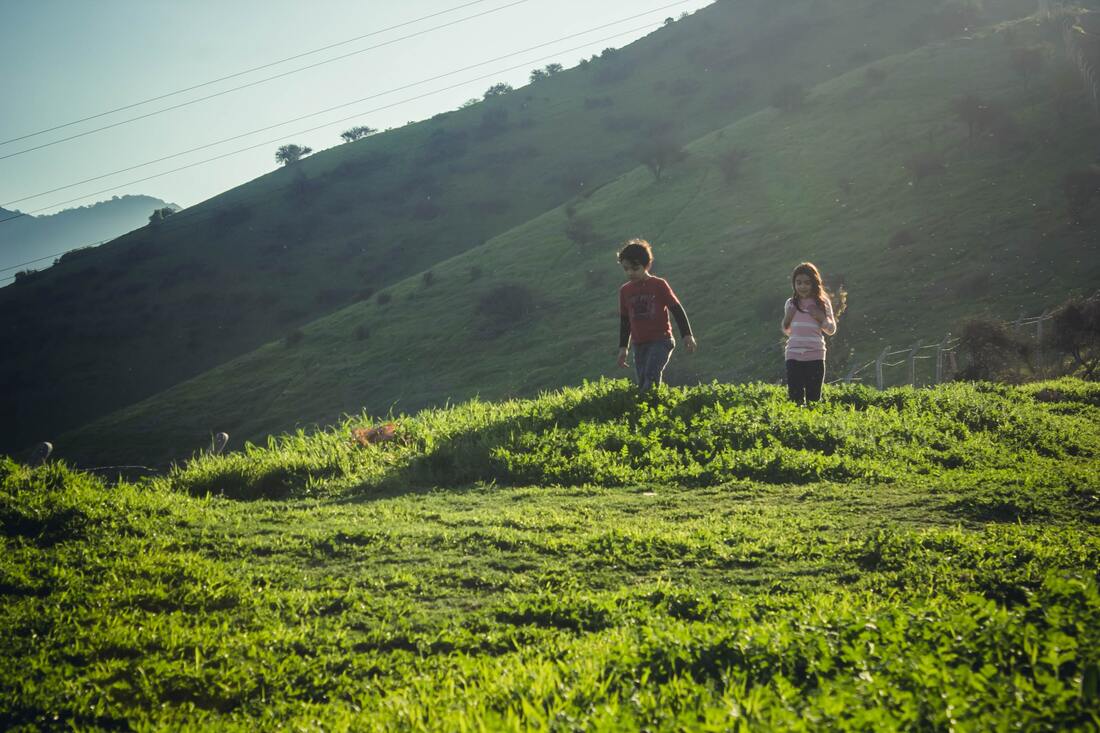|
This morning, like every morning, I walked out my front door, slipped on my rubber boots and descended my wooden stoop to the driveway. I hardly notice the steps, for this time of year the Nasturtiums, Bee Balm, Calendula, Echinacea, and Poppies are still hanging onto their flowers in a type of protest against Autumn. I love our medicinal herb garden. It started with a few culinary herbs two years ago, but since has grown to 37 edible herbs and flowers—all with medicinal value in the form of tinctures, slaves, soaps, teas, and oils. We keep stealing more of our lawn for this ever-expanding, living apothecary. It wraps around three-quarters of our house, and likely by next Summer—because when it comes to growing useful plants, I have zero self-control— we’ll complete the circle.
We have a large driveway, which begins the second leg of my morning walk. I’d prefer a small gravel loop, but I can’t complain because the Weeping Willow—my favorite non-fruit-bearing tree in the world—hangs its lazy arms out almost far enough for me to touch. In front of me, which is in direct view from the front of our house, is my favorite part of our property: our vegetable garden. I heard once that the best fertilizer is a farmer’s footsteps. Now, I’m no farmer, but I quietly rehearse that adage, without fail as I walk across my driveway to “fertilize” the vegetables. Walking in our garden is literally walking a prayer labyrinth, not only because moseying between beds, up and back, up and back, is rhythmic and meditative. As a family we have poured ourselves into this little half acre maze of vegetation, and yet it graciously gives in return more that we deserve. Walking it’s paths is a prayerful reminder of the abundant generosity of creation—a reminder of grace. The impatience of the goats becomes undeniable at this point in my morning walk. Little Lovey, as my daughters like to call her, begins steadily bleating when she hears me walking in the garden. There’s an unsettled family debate whether she confuses my footstep with her caregiver, my oldest son, or if she knows it’s me and with enough persistence, I'll scratch her forehead. Either way, I make my morning stop at her sleeping stall, scratch, and marvel at the good work my boy does with his goats. The mornings are the only time they are in the barn; by day he rotates them between 17 paddocks. He’s discovered that seven milk goats is the perfect number for his small dairy. That gives him at least three goats per year in milk (he breeds them every other year), keeps his bedding prices low enough to still turn a profit, doesn’t over-tax the grass in the paddocks, and gives our family all the milk, chevre, and mozzarella we can dream of consuming. Usually Little Lovey quiets down after a minute of head scratching. My daughter asks me to open her chickens on my morning walk because, as she says, “They get restless if they’re cooped up after sunrise.” I agree to do it if she stays on top of her fermentation project. She learned early on in raising chickens that she could save money on feed and improve the health of her flock if she fermented a mix of corn and wheat for a week before feeding it to them. My fourth leg of my morning walk is to check on the status of her fermenting bucket, open her chicken door, and check the nearby compost piles. One of my pleasures in life is making compost. Sure, without a tractor it makes for a lot of pitchforking, but spongy, black soil, made from “waste” on the farm is nature’s resurrection hobby. And It’s just delightful in my hand, knowing, for example, that in one teaspoon there are a billion living microbes. I found that my garden—the prayer labyrinth from earlier—needs two cubic yards or new compost each year. That’s a half inch of compost on every other bed annually. Nearly eight cubic yards of compost material properly layered will decompose into two cubic yards of finished compost. Get this: all of the vegetable “waste” from the garden, the compostable table scraps from the house, our tissues and junk mail and scratch paper, and the bedding seven goats produce in a year ends up being eight cubic yards of material. We produce the exact amount of raw, compostable material on the property to create the demands of our garden . . . with a smidgen extra for mulching the fruit trees. The last leg of my morning walk I let our Border Collie, Pepper, out of her kennel. Without fail, she darts out to our grass field, runs a few laps, and then comes and lays directly at my feet. She too wants her head scratched. My son has trained her to move the goats around the property in the morning and bring them in at night. With youthful energy, she’s glad to work and expresses such joy to be a part of our small attempts to care for the land. Just this morning, as I finished up my walk, Pepper reminded me of an important truth about creation care: If it doesn’t give our bodies vitality and fill our hearts with joy, then perhaps we’ve just given ourselves more tasks on our to-do list that never really gets finished. - Ryan Fasani is a pastor, kingdom farmer, and writer in Bellingham, Washington.
0 Comments
Leave a Reply. |
N4CC ScriptsScripts is a collaborative effort from a wonderful "cloud of witnesses" writing on issues of creation care. All contributors are Christians seeking to embody earth care in their own context. Archives
December 2023
|

 RSS Feed
RSS Feed
